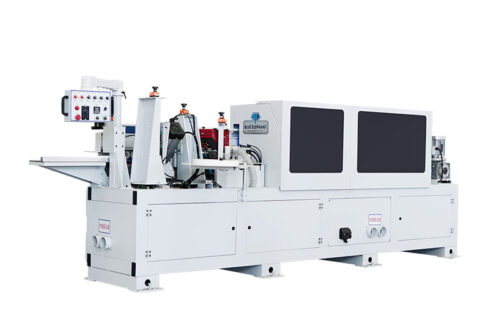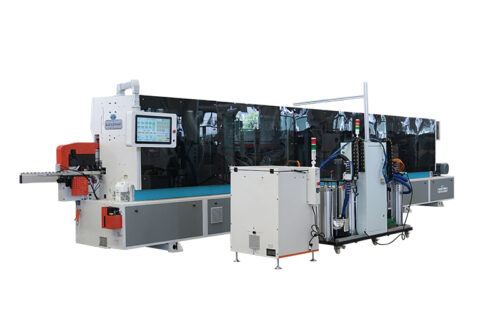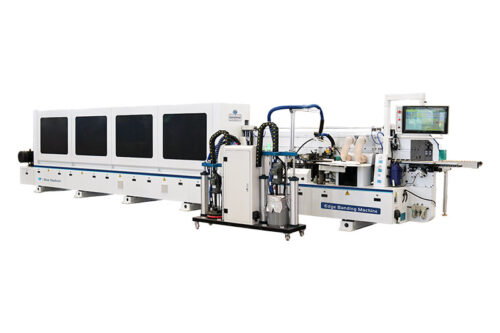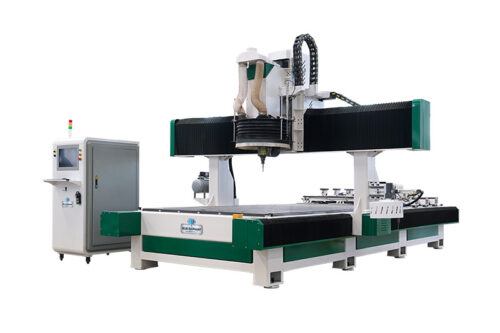The first time I stood in front of a CNC machine, I had no idea what I was doing. The screen was full of strange codes. The controls looked complicated. The machine itself? Intimidating. I remember thinking, Where do I even start?
If you feel the same way, you’re not alone. CNC machines can seem overwhelming at first, but once you learn the basics, everything starts to click.
I’ve been through the struggle, and I know exactly what it takes to go from confused to confident.
In this guide, I’ll show you how to learn CNC machine operating. Whether you’re a beginner in your shop or looking to sharpen your skills, you’ll walk away with a clear path forward.
By the end, you’ll have the knowledge and confidence to start operating a CNC machine like a pro.
Let’s get started!
1. What is a CNC Machine?
Have you ever spent hours shaping a part by hand, only to realize a tiny mistake ruined the whole piece? I’ve been there. It’s frustrating, time-consuming, and exhausting. That’s why I appreciate CNC (Computer Numerical Control) machines—they take that struggle away.
A CNC Machine is an automated system that cuts, drills, mills, or shapes materials using computer programming. Instead of relying on manual adjustments, CNC machines follow digital instructions to produce accurate, repeatable parts.
How CNC Machines Differ From Manual Machining
When I first worked with manual machines, I quickly realized how much focus and effort they required. CNC machining removes so much of that stress by offering:
- Higher Accuracy: The machine follows programmed instructions exactly, so there’s no guesswork.
- Faster Production: It runs continuously without stopping, which means higher output.
- Consistent Quality: Every part comes out the same, reducing rework and waste.
- Less Manual Labor: Instead of making every cut yourself, you just oversee the process.
I can still remember my first long shift on a manual lathe—by the end, my hands were aching, and I’d made a few mistakes. CNC machines don’t get tired.
Types of CNC Machines
Over the years, I’ve seen different CNC machines built for specific tasks. Some of the most common ones include:
- CNC Milling Machines: Use rotating cutting tools to shape metal, wood, and plastic.
- CNC Lathes: Rotate the workpiece while cutting away material, great for cylindrical parts.
- CNC Routers: Perfect for woodworking, sign-making, and furniture production.
- CNC Plasma Cutters: Cut through metal using a high-temperature plasma torch.
- Multi-Axis CNC Machines: Work on 3, 4, or 5 axes to produce highly detailed parts.
Essential Components of a CNC Machine
Every CNC machine has a few key parts that make it all work. I always keep these in mind when troubleshooting:
- Machine Bed: The solid foundation that holds everything in place.
- Spindle: The rotating part that holds and drives the cutting tool.
- Control Panel: The interface where you input commands and monitor operations.
- Tooling System: The different drills, mills, and cutters used to shape the material.
- Axis Movement and Motors: Stepper or servo motors that control precise movements.
2. Core CNC Operating Skills You Need to Learn
Running a CNC machine isn’t just about pressing buttons—it takes real skill, problem-solving, and attention to detail. If you’re selling, repairing, or operating these machines, mastering these core skills will make your work easier and more efficient.
Reading and Understanding Blueprints & CAD Models
If you can’t read a blueprint, you can’t machine a part correctly. I remember looking at my first blueprint and feeling completely lost. But once I learned the basics, everything made sense.
- How to Interpret Engineering Drawings: You need to understand views (top, front, side) and how to read tolerances, dimensions, and material specifications.
- Common Symbols and Terminology Used: Machining symbols like hole types, thread callouts, and surface finish requirements are critical for getting the details right.
I used to think a tiny difference in a dimension wouldn’t matter—until a part didn’t fit during assembly. Blueprints leave no room for guessing.
CNC Programming Basics
Blueprints tell you what to make, but G-code and M-code tell the machine how to make it. I remember manually writing my first G-code and being nervous to hit the start button—what if I got it wrong?
- Introduction to G-Code and M-Code:
- G-Code: Controls movement (e.g., G01 for linear motion, G02 for circular motion).
- M-Code: Controls machine functions (e.g., M03 to start the spindle, M08 for coolant).
- Writing Simple CNC Programs: Learning to program basic commands helps you understand how the machine moves and operates.
- CAM Software and Its Role in CNC Machining: Most shops use CAM (Computer-Aided Manufacturing) software to generate G-code automatically, which saves time and prevents errors.
I recommend choosing a machine from a reputable manufacturer like Blue Elephant—our machines are user-friendly, helping you work more efficiently, reduce errors, and improve overall production quality.
Machine Setup & Calibration
Before you even think about pressing start, proper setup is key. I learned this lesson the hard way when I set up a part wrong and ruined an expensive workpiece.
- Installing Tools and Fixtures: Secure everything properly to prevent shifting or vibrations.
- Setting Workpiece Origin (Zero Point): Every cut starts from a reference point, and if you get it wrong, the whole part is off.
- Adjusting Speed, Feed Rate, and Cutting Depth: Using the wrong settings can burn tools, damage materials, or produce rough finishes.
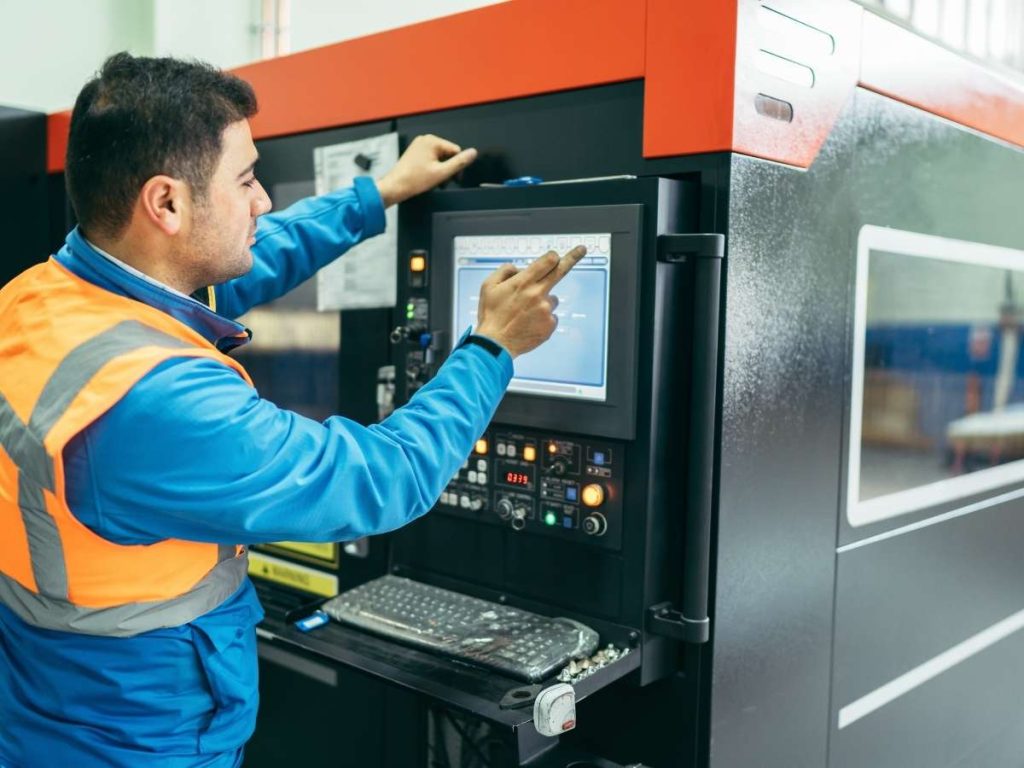
3. Learning Methods: Best Ways to Get Hands-on Training
When I first started learning CNC machining, I quickly realized that reading about it wasn’t enough. You have to get your hands on a machine, make mistakes, and learn through real experience. If you’re looking to build your CNC skills, here are the best ways to train.
Enrolling in CNC Training Programs
A structured training program can give you the technical foundation you need. But should you take courses online or attend in-person classes?
- Online vs. In-Person Training Courses:
- Online courses offer flexibility and are great for learning CNC programming and theory at your own pace.
- In-person training gives you direct access to machines and hands-on experience.
- Certification Programs for Professional CNC Operators: Many manufacturers and trade schools offer certification programs that prove your skills to employers. These certifications can help if you’re looking to sell, repair, or operate CNC machines professionally.
I started with online courses, but my learning really took off when I got to work with a real CNC machine. Seeing the machine in action made everything I learned in theory suddenly make sense.
On-the-Job Training & Apprenticeship
If you want to truly understand CNC machining, nothing beats working alongside experienced machinists.
- Working Under Experienced CNC Machinists: Apprenticeships let you see how real machining jobs are handled. You’ll learn how professionals troubleshoot issues, adjust settings, and optimize production.
- Learning Through Real-World Machining Tasks: You’ll get hands-on experience with setting up machines, programming, and running test cuts—skills that can’t be learned from a book.
I remember struggling with tool offsets until an experienced machinist showed me a simple trick to get it right every time. That one lesson saved me from making costly mistakes.
Practicing with CNC Simulators
Before touching a real machine, practicing with a CNC simulator can help build confidence.
- Free and Paid CNC Simulation Software: Some popular options include:
- Free: NC Viewer, G-Wizard Editor
- Paid: Fusion 360, Mastercam, Siemens NX
- How Simulation Helps in Understanding Programming and Machine Control: Simulators let you test G-code, visualize tool paths, and avoid errors before running an actual job.
4. Step-by-Step Guide to Operating a CNC Machine for the First Time
Running a CNC machine for the first time in a production setting requires precision and attention to detail. A structured approach minimizes errors, prevents tool damage, and keeps operations efficient. Here’s a five-step process to get your machine up and running.
Step#1 Machine Startup and Safety Checks
Before anything else, confirm that the machine is ready for operation.
Steps to Follow:
- Power On: Turn on the main power switch and release the emergency stop.
- Check System Status: Look for system errors, low lubrication levels, or sensor warnings.
- Verify Safety Measures:
- Guards and interlocks should be in place.
- Operators must wear protective gear (safety glasses, gloves if necessary).
- Work area should be free of obstructions.
- Reference the Machine: Home all axes to establish a baseline position.
Step#2 Loading and Securing the Workpiece
A stable workpiece ensures accuracy and prevents tool damage.
Steps to Follow:
- Choose the Right Fixture: Use a vise, clamps, or a custom jig based on part geometry.
- Secure the Workpiece: Tighten it properly to avoid movement during cutting.
- Verify Alignment: Use a probe, edge finder, or manual indicator to confirm positioning.
- Set the Workpiece Origin (Zero Point): Align with the programmed reference point.
Step#3 Tool Setup and Offset Adjustments
Using the right tool with accurate offsets prevents costly errors.
Steps to Follow:
- Select the Correct Cutting Tool: Match it to the material and operation (drilling, milling, turning).
- Install the Tool Properly: Load it into the spindle and ensure it’s tightened securely.
- Set Tool Length Offsets: Use a tool setter or manual measurement to establish the correct height.
- Verify Tool Paths: Run a dry test (spindle off) to confirm movement and clearance.
Step#4 Loading and Running the CNC Program
A well-prepared program prevents unexpected tool movements.
Steps to Follow:
- Upload the G-Code File: Transfer it via USB, network, or direct input.
- Check for Errors: Scan the code for syntax mistakes or incorrect tool numbers.
- Perform a Dry Run: Run the program in simulation mode to visualize tool movement.
- Adjust Cutting Parameters: Modify feed rate, spindle speed, and depth of cut if necessary.
Step#5 Running and Inspecting the First Cut
Monitor the first operation closely to ensure precision.
Steps to Follow:
- Start in Single-Step Mode: Execute the program one line at a time for the initial cuts.
- Switch to Auto Mode (If Safe): Once verified, let the machine run automatically.
- Monitor the Cut: Watch for unusual sounds, tool deflection, or material chatter.
- Inspect the First Part: Measure dimensions with calipers or a micrometer and compare them to specifications.
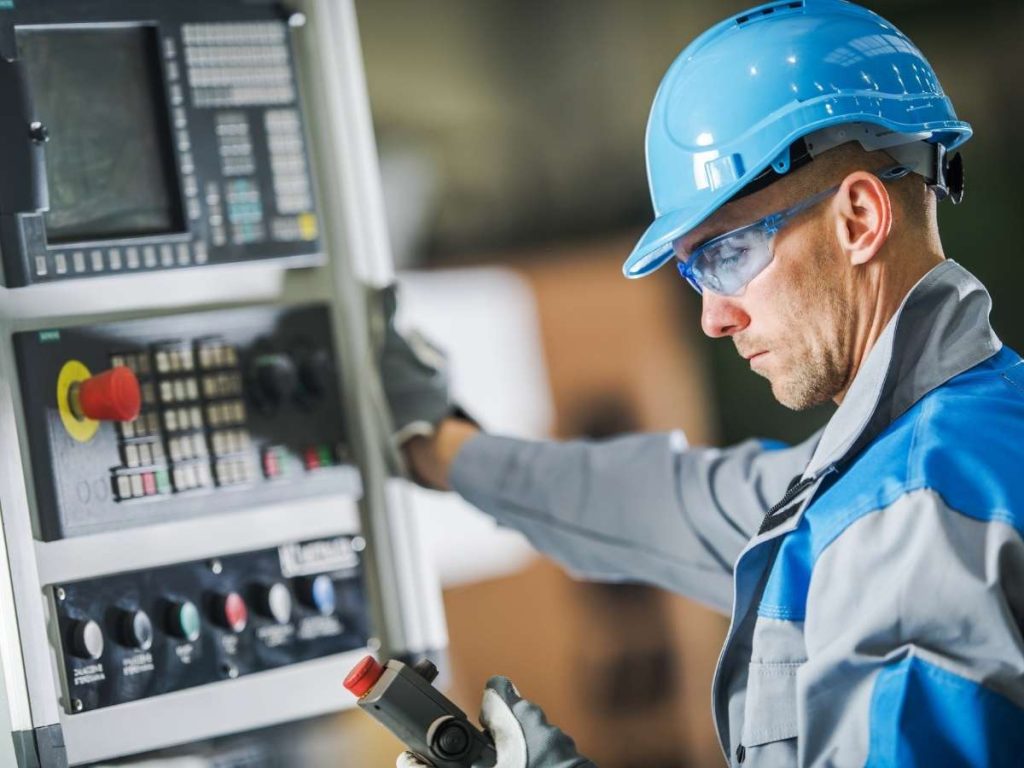
5. Tips to Keep Improving Your CNC Knowledge
CNC machining is not just about running a machine—it’s about optimizing efficiency, reducing costs, and maintaining precision. Whether you’re supplying machines, training operators, or managing production, staying updated on best practices can improve operations and increase profitability. Here are key ways to continue expanding your CNC expertise:
Tip#1 Learn From Experienced Machinists and Industry Experts
Hands-on experience is one of the best ways to sharpen your CNC skills. Working alongside experienced machinists gives you insight into real-world problem-solving, process optimization, and troubleshooting techniques.
At Blue Elephant, we’re more than just a CNC machine supplier—we’re known for our reliability, professionalism, and product quality, all of which are highly praised by customers around the world. Our machines are designed to support hands-on learning and help users grow their technical skills with confidence.
Tip#2 Expand Your Knowledge of CNC Programming and Process Optimization
Understanding CNC programming beyond standard CAM software helps you refine machining processes. Writing G-code manually improves problem-solving skills and gives you greater control over the machine’s movements. Additionally, experimenting with different toolpath strategies, such as high-speed machining or adaptive cutting, can lead to significant reductions in cycle time and tool wear.
Tip#3 Use CNC Simulation Software for Testing and Training
CNC simulation software helps operators and programmers test and validate toolpaths before running actual jobs. These tools allow you to visualize machine movements, detect programming errors, and optimize cutting strategies without the risk of tool breakage or material waste. Implementing simulations as part of your workflow can significantly improve accuracy and reduce costly mistakes in production.
Conclusion
Mastering CNC starts with a single step. Whether it’s signing up for training, practicing on a simulator, or working alongside an experienced machinist, what matters most is that you begin.
I remember standing in front of that machine, too nervous to press “Start.” Now? It’s second nature. That moment will come for you too.
Need guidance? Let’s talk. At Blue Elephant, we offer 24/7 online support, spare parts supply, and on-site servicing when needed.
Contact us today and take the first step toward CNC mastery!
Dive Deeper Into Our Resources
We’ve gathered a few more articles that could help you out. Check them out for more great advice:
Still haven’t found what you’re looking for? Don’t hesitate to contact us. We’re available around the clock to assist you.


